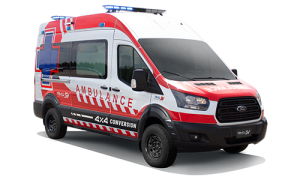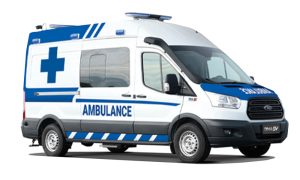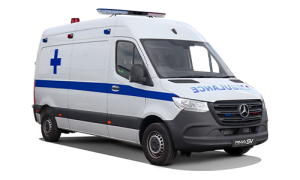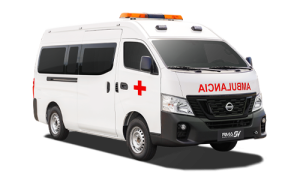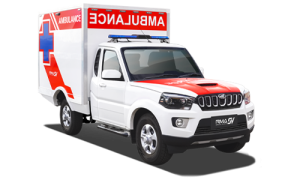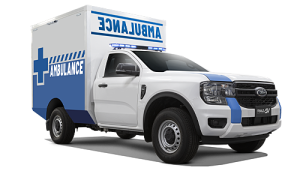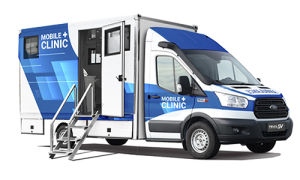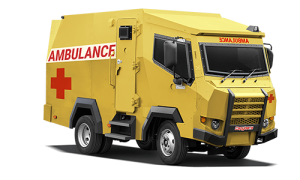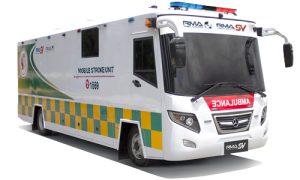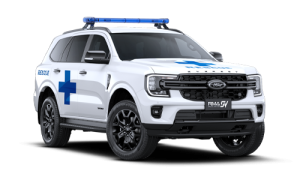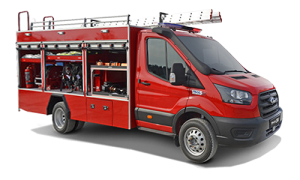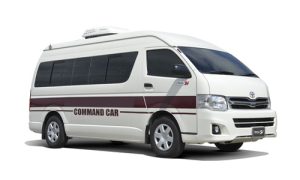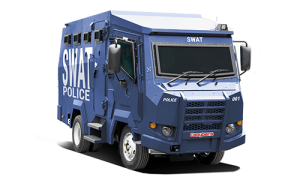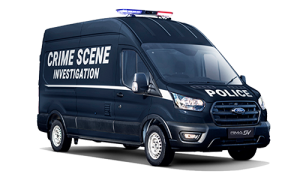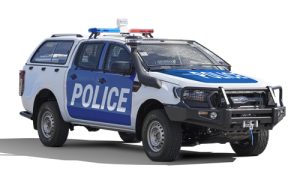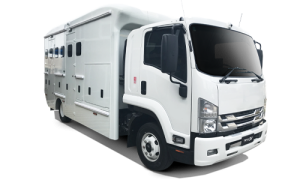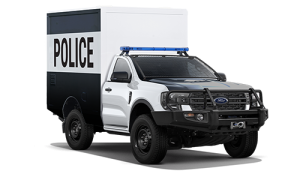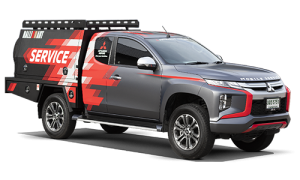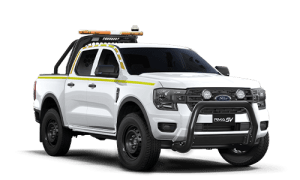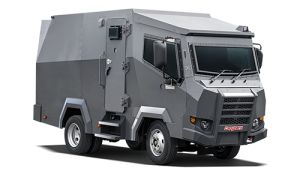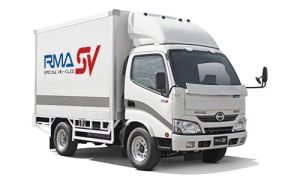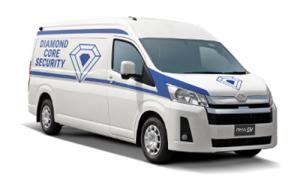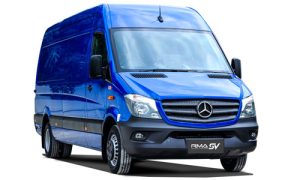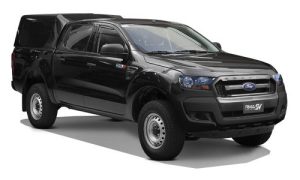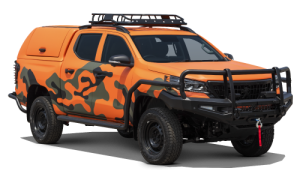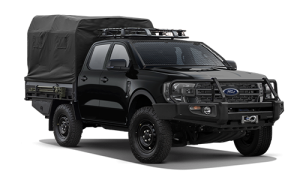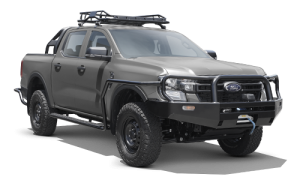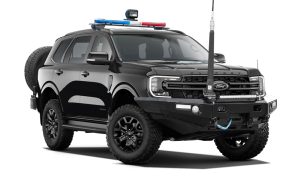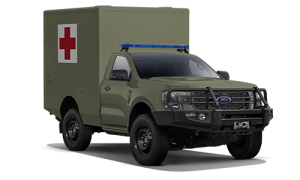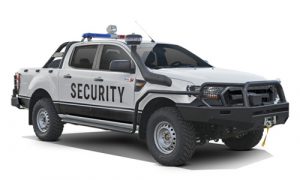INSPECTING THE RMA SPECIAL VEHICLES MOBILE STROKE UNIT
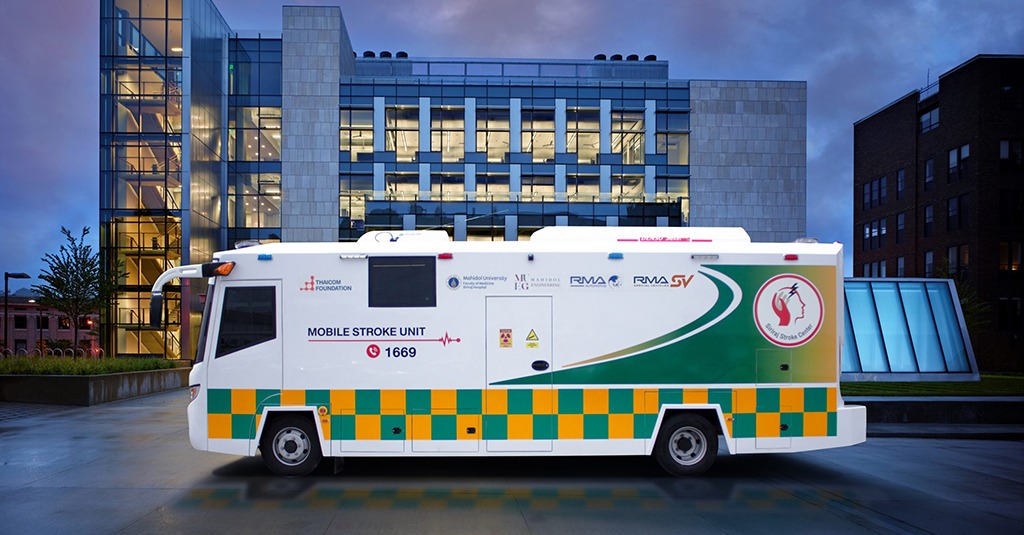
RMA Special Vehicles have developed a state-of-the-art Mobile Stroke Unit, one of three on order for Sirarj Hospital.
Thailand records about 50,000 deaths a year from stroke. Caused by an abrupt blockage of arteries leading to the brain, strokes are unpredictable, and their severity cannot always be ascertained at first glance. It is imperative that the patient receives medical attention as quickly as possible.
Jointly designed and engineered by RMA Automotive and Mahidol University, the Mobile Stroke Unit enables doctors to treat a stroke patient during the time critical window while transferring them to hospital. The Mobile Stroke Unit is fitted with a CT scanner, monitors and connections that link it to Siriraj Hospital, allowing neurologists immediately to begin attending to the patient.
Conceptualized by Siriraj Hospital, the objective of the collaboration between RMA Special Vehicles and Mahidol University was to create a new Mobile Stroke Unit that is better than the existing one in service. The vehicle had to be lighter, safer and more agile on the road. It had to be cleaner too and so for instance, battery powered generators were installed instead of polluting Diesel generators.
Development, planning and manufacture was done at the RMA Automotive Assembly and Distribution Center in Laem Chabang, Thailand. Led by engineering and product development team Wallop Sakulimsap, Wichai Jaiboon and Sureeporn Nuchitprasittichai, RMAA engineers designed and built the new vehicle from the ground up, paying special attention to the use of light-weight materials to keep the overall vehicle mass down.
In so doing the Mobile Stroke Unit retains the performance and handling it was designed with, allowing it nimbly to cut through traffic. A front engine mounted Mercedes-Benz Sprinter was chosen, so that more weight could be placed over the rear axle. Besides the heavy medical equipment, the Medical Stroke Unit contains an examination area, shelving and storage. An insulated partition behind the driver’s cabin separates the medical practitioners from the patient area.
Further weight savings were achieved using a state-of-the-art self-lifting stretcher in place of a hydraulic operated fitted stretcher hoist. The first Mobile Stroke Unit was delivered to Siriraj Hospital in September 2020, with a further two more units in production.

